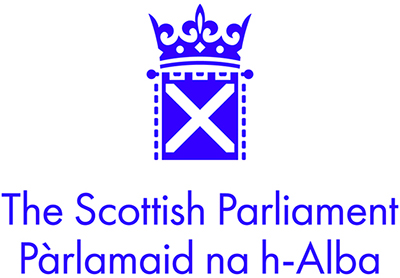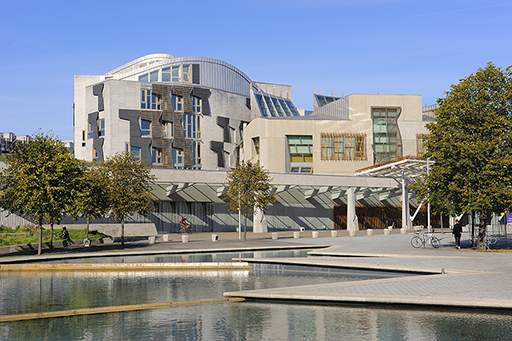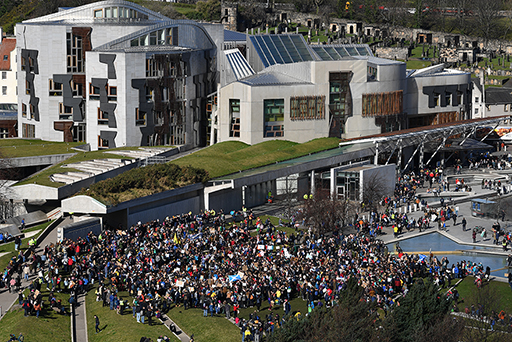3.1 The Scottish parliament
You can seek to make change through the Scottish Parliament in the following ways.
Work with your elected representative
Members of the Scottish Parliament (MSPs) represent constituents in the Scottish Parliament, as well as examining the work of the Scottish Government and holding it to account. MSPs can help constituents with issues devolved to the Scottish Parliament (more information here [Tip: hold Ctrl and click a link to open it in a new tab. (Hide tip)] ) – other issues are dealt with by the UK Parliament or local councils. Unlike the UK Parliament, Scottish residents are represented by more than one MSP:
- One constituency MSP, who represents a local area.
- Seven regional MSPs, who represent a larger area which includes a person’s constituency.
Look up your MSP by postcode here. MSP offices can be contacted by letter, email and phone, with Members holding regular surgeries. Check out the dos and don’ts from Section 2.2 for advice about contacting your elected representatives.
There are lots of ways MSPs can help a constituent with making change. In the debating chamber, MSPs can put forward a motion about a problem a constituent has brought to their attention and ask the Scottish Parliament to address it. MSPs can also raise local and national issues and question government policy during First Minister Question Time and other Question Times (topical, general and portfolio), as well as by sending in written questions. These are excellent opportunities for MSPs to raise awareness of issues that constituents have contacted them about.
MSPs can also propose up to two Member’s Bills during each four year parliamentary session; these can relate to issues that a constituent has raised. You can see the proposals that have already been submitted here.
Working with Cross-party Groups (CPGs)
Cross-party groups are made up of MSPs and other people who are interested in a specific issue. They must be made up of MSPs from more than one political party. While they do not have any powers to formally introduce issues into the parliamentary system, the groups are a useful place for external stakeholders, including organisations and members of the public, to discuss issues of relevance with MSPs, share information, and raise awareness of issues, which can in turn impact the wider political agenda. There is more information on CPGs here.
Giving your views to Committees
Committees want to know the views of Scottish residents in order to help Members with their inquiries. You can submit your views on current committee inquiries and consultations by searching for the latest issues under discussion on the Scottish Parliament website.
If the discussion relates to a bill, you can usually submit either a detailed online response on the specifics of the bill or answer a short survey on the general principles of the bill. There are also other topics under discussion where feedback is sought more generally via an online submission form or discussion forum.
You may also be called to be a witness at a committee session, if the committee feels you have important information to explore in more detail.
You can find out more about how Scottish Parliament Committees work by watching Video 1.
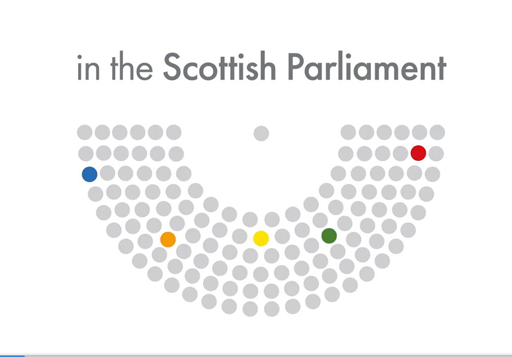
Submitting or signing a petition
Any person or organisation can submit a petition – you don’t even need to live in Scotland, and it doesn’t matter how old you are. The Citizen Participation and Public Petitions Committee sets the rules about how petitions work.
One of the most important rules is the petition must be about a) something devolved to the Scottish Parliament, b) relevant to the whole of Scotland.
You should also have already contacted either an MSP or the Scottish government before starting the petition, and let the Committee know what happened as a result of that contact. If your petition meets the rules and is approved, it will then be added to the Petitions website for other people to sign.
Once your petition has been published it will be looked at by the Committee who will decide what action to take. This includes:
- Asking the Scottish government, organisations or individual people to respond.
- Asking the petitioner for more information or asking them to talk to the Committee about the petition.
- Recommending actions for the Scottish government.
- Asking for a debate in the Chamber.
- Referring it to another committee.
- Closing the petition down.
You can find more information about Scottish Parliament petitions here.
You can also find out more about how Scottish Parliament petitions work by watching Video 2.
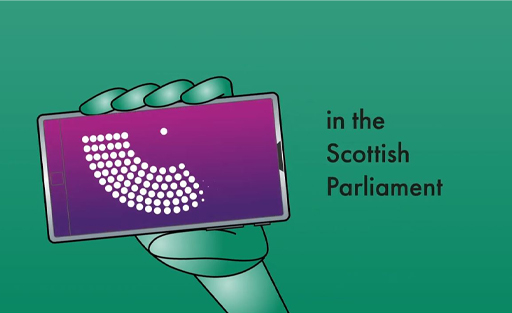
Taking part in peaceful protest or demonstration
The Scottish Parliament has an official peaceful protest policy under the banner of being ‘open, accessible and participative’ with protests ‘a vital part of the expression of democracy in Scotland’. Anyone planning a protest at the Scottish Parliament should write to the Scottish Parliament’s police or security units to request permission to plan an official protest on Scottish Parliament land. To be approved, protests must address all the rules of the official policy, such as being non-party political. More information about organising a protest on Scottish Parliament land can be found here.
Holding an awareness raising event at Parliament
MSP sponsored events normally take place on business days during lunchtimes and evenings. These events are an opportunity to raise awareness of an issue with MSPs in Parliament and they take place in different parts of the building, depending on how big an event it is.
MSPs can also sponsor exhibitions to inform Parliament’s work and raise awareness of issues, and photocalls (these are a chance to photograph MSPs in support of a cause).
Events must not be party-political but can reflect the interests and policy position of an MSP. Venues are available for free, although there is a cost to hire audio-visual equipment. More information about organising an event is available here.

